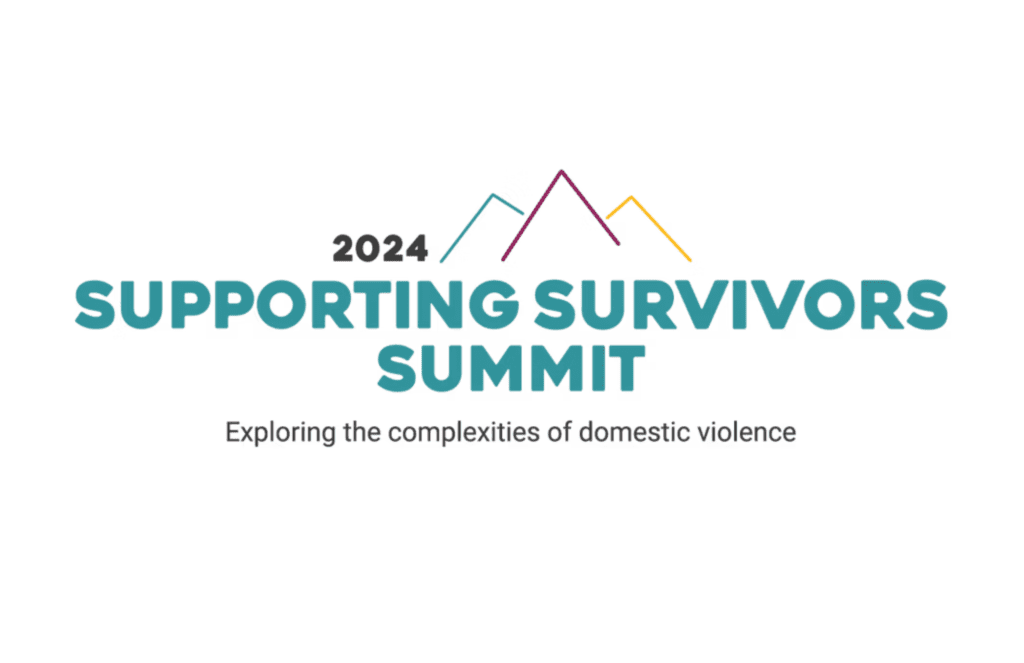
October is Domestic Violence Awareness Month, so designated as such in 1987. In the nearly 40 years since congress passed Public Law 101-112 officially designating October as National Domestic Violence Awareness Month, hopefully we have become more aware as a culture of what domestic violence is, who can be its victims, how pervasive it is in our culture, and how to address it. Current figures of intimate partner violence in the US show 22% of women and 19.3 % of men being assaulted by their partners at least once in their lifetime. Younger dating populations have higher rates which has caused programs for prevention to start early, beginning with anti-bullying programs in elementary, middle and high schools. Programs to engage men and boys have proved helpful, moving good men from having an interest in the matter to making an investment in standing up against the bullying and terroristic attitudes and behaviors of their perpetrating brothers.
An innovative project Standing Firm, the Business Case to End Partner Violence, now affiliated with the Pittsburgh Women’s Center and Shelter, teaches employers about the critical role they can play in protecting the workplace from violence. Four women a day lose their lives at the hands of someone with whom they once shared a bond of trust and love. The potential for violence in the workplace increases once a woman finds a safe haven in a shelter– her aggressor doesn’t know where she lives, but he knows where she works.
Through the years one of the most difficult issues to understand is expressed in the question, “Why doesn’t she just leave.” As I’ve looked more closely at family estrangements of all types, I’ve decided that looking at partner violence through the lens of grief might help answer this question. People in close relationships often reveal to one another, and see one another, at their best and at their worst. Sometimes these two aspects are not well integrated with one another, so it seems like the person is two people. One day the person you met and fell in love with, or the person you raised, or knew in a positive way for years begins treating you as an enemy, and the source of all their unhappiness. Then, perhaps they apologize or, even if they don’t, they seem to regret their behavior and begin treating you in a more positive way. Now it seems the person you love has returned and you reinvest in the relationship. Then the cycle begins all over again.
For many people, it is hard to give up on those we love and on the dream of what we hoped for when the relationship began. If the person dies, we are forced to separate. In that case, funeral rituals and family and community members provide support and companionship as the person grieves the loss and reconfigures their life without the loved one. When the person is still alive, but the bond of trust is broken, grieving this loss is more complex and complicated. Both parties need to learn, in order to continue loving themselves, and for the safety and health of those around them, how to love this estranged person from afar. When the person longer operates out of love or resembles the person we fell in love with, or raised, or befriended and becomes a danger to themselves and their partner, both parties need support to separate and begin reconfiguring a new life without one another. The community of support which shelters have put together in recent years includes medical personnel, (doctors, nurses, social workers,) lawyers, police officers, financial advisors, volunteers, and foundations.
If you live in the Pittsburgh area – Here’s something not to miss –
I’m excited to be providing one of the keynote presentations for The Women’s Center and Shelter of Greater Pittsburgh’s 50th anniversary offering– a day long Supporting Survivors Summit. Over 100 participants will be exploring the complexities of domestic violence this Friday Oct. 25, 2024 at the Regional Learning Alliance and Conference Center in Cranberry PA. Love to see you there.

